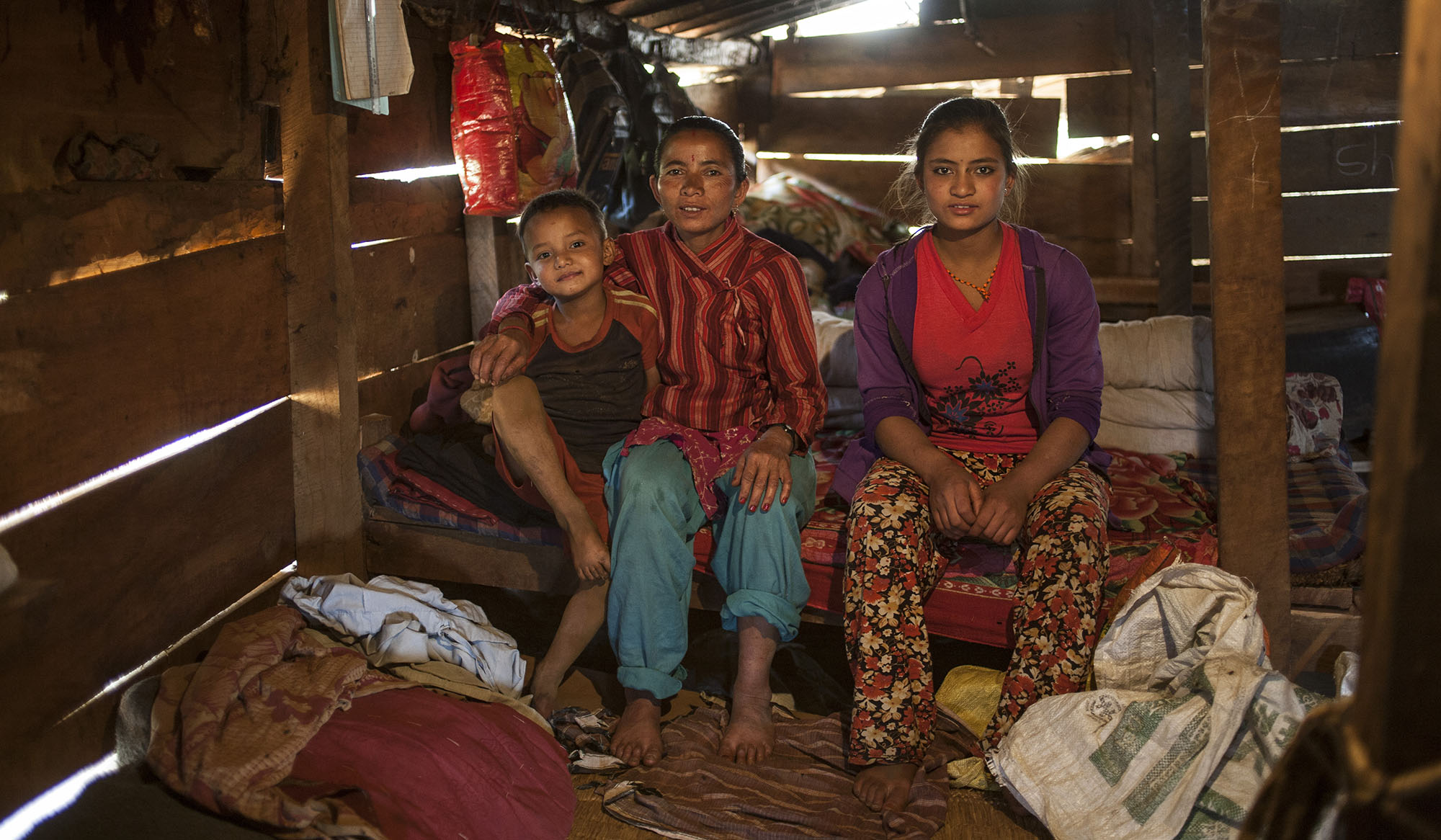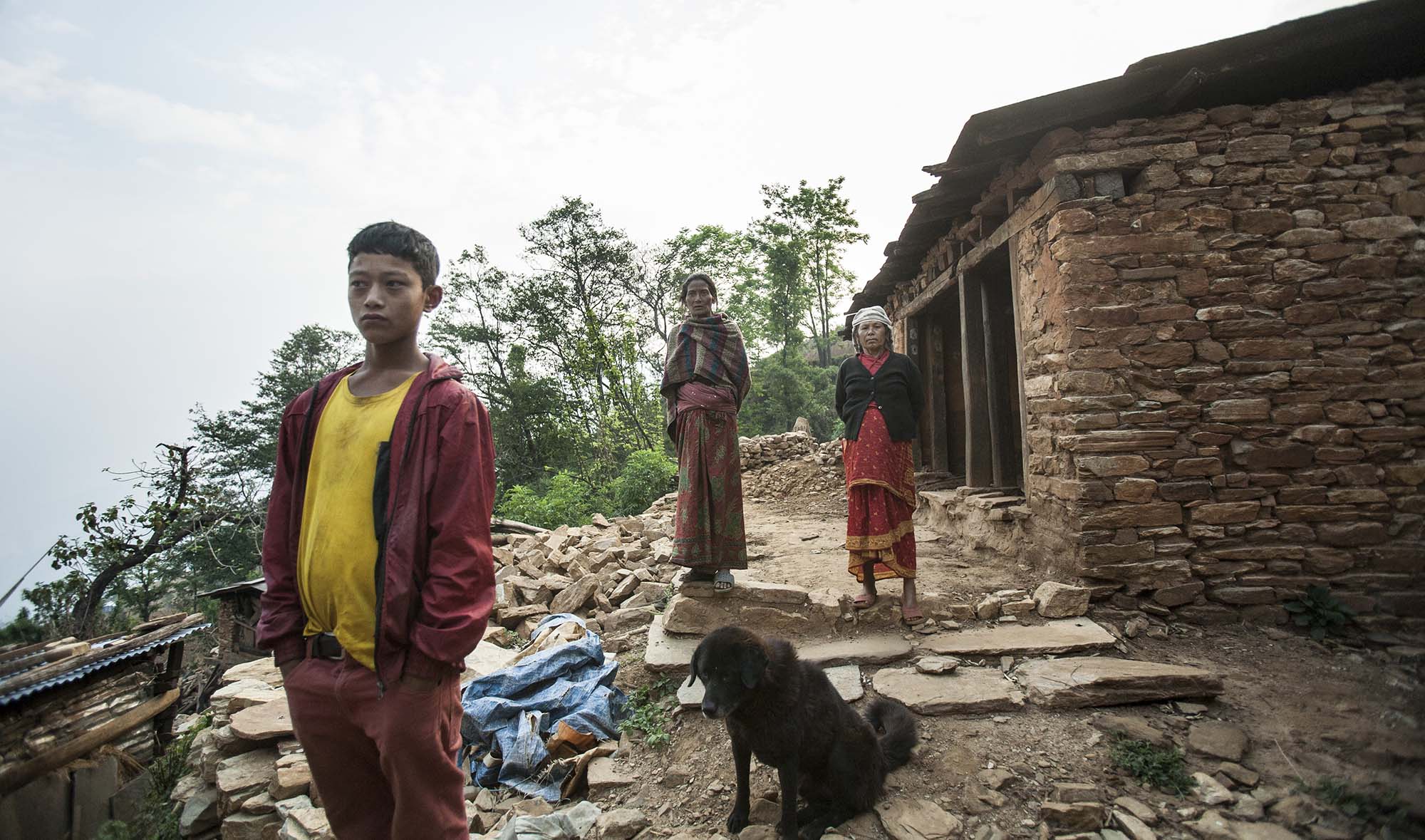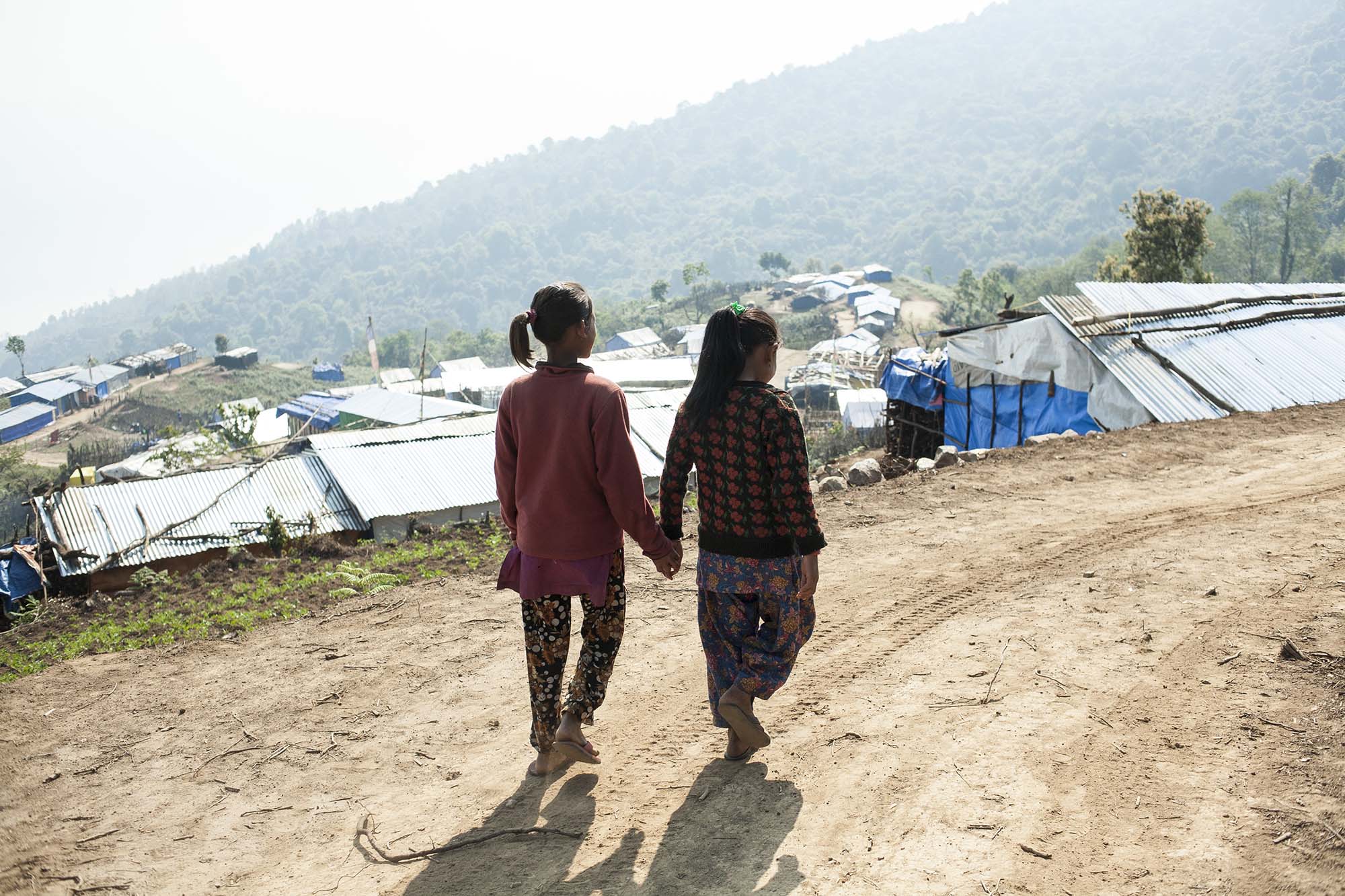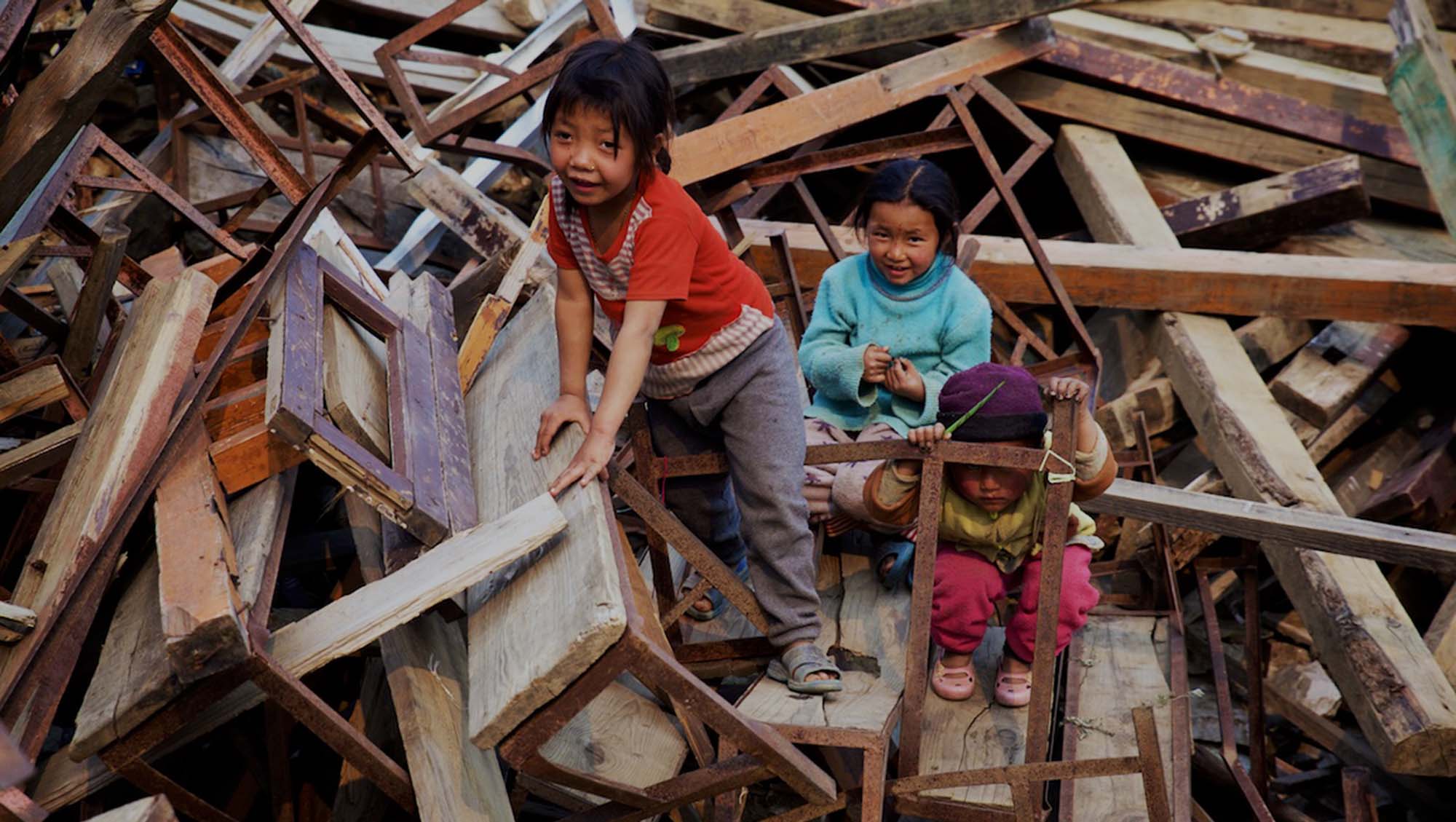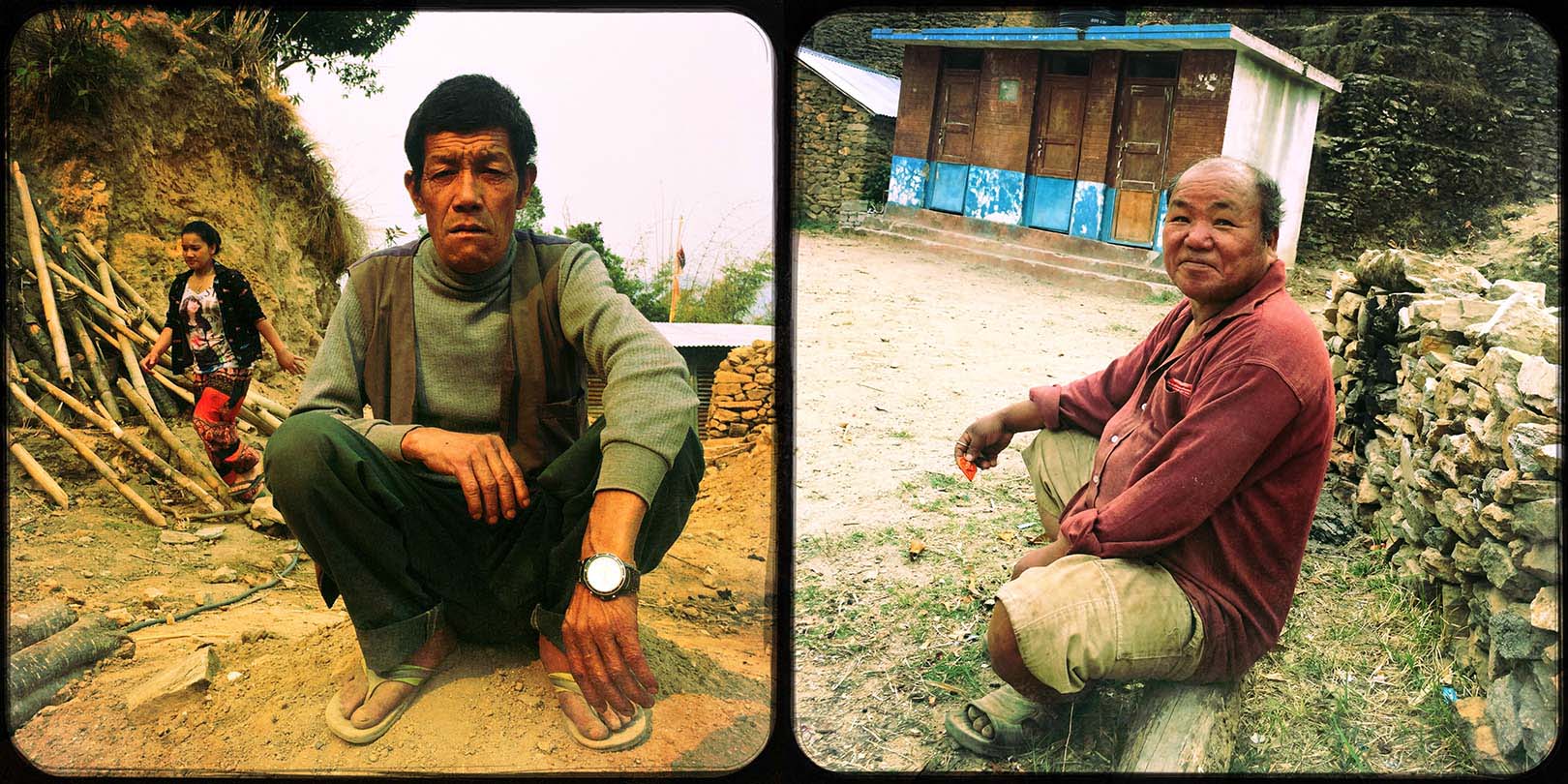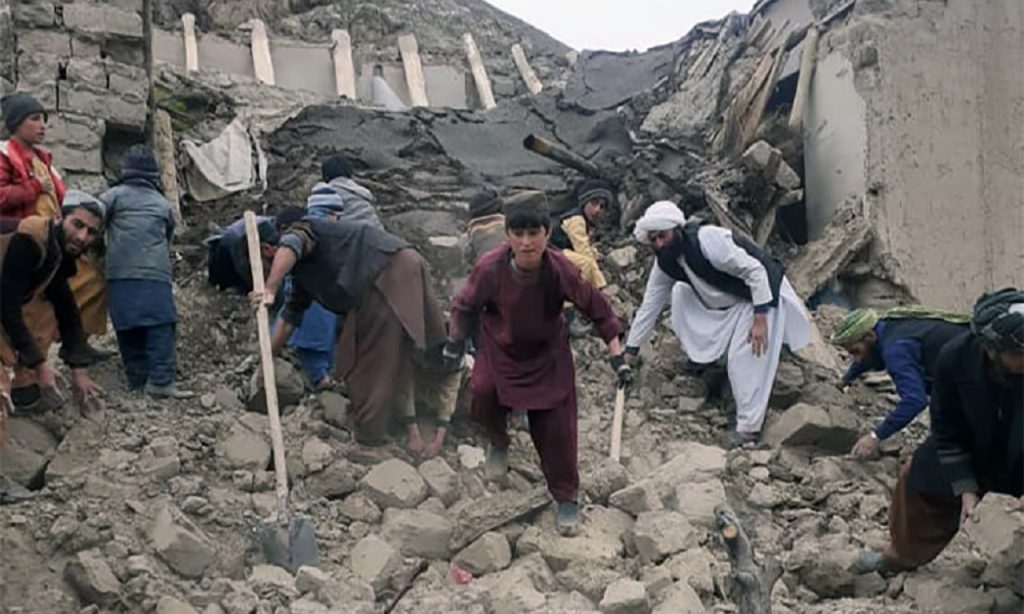The Nepal Photo Project (NPP), a digital platform on Instagram, was launched by Sumit Dayal, Tara Bedi and their network of friends and colleagues soon after the 2015 Nepal earthquake. Any user who uploads a photo on Instagram with the #nepalphotoproject has a chance of sharing the image with a wider audience.
In the immediate aftermath of the earthquakes, rescuers, volunteers, locals and those on relief missions contributed powerful images with short captions to NPP. Within a few weeks, Nepal Photo Project had close to 60,000 followers.
The platform facilitated flow of information, revealing the breadth and depth of devastation in Nepal, through this alternative medium rarely used by traditional reporters. Recently, the NPP team provided grants to individuals willing to travel and document the state of earthquake-ravaged districts a year after the disaster. The following report is based on conversations with the recipients who travelled to four different regions during the first couple of weeks of April, 2016.
Uma Bista in Chepe and Baskharkha, Sindhupalchok
Devi Maya Shrestha, a resident of Chepe, was all set to move into her new house. A puja was scheduled for April 27, 2015. But that was not meant to be. The quakes tore down the house, compelling Devi Maya and her two children to set up a temporary shelter on a neighbour’s land. Her daughter Mana Kumari is an eighth-grader at the Chepe government school. Next year, she’ll have to hike two hours every way if she is to continue her education because the Chepe school doesn’t have provisions for the ninth grade.
That is exactly what Rajan Shrestha, currently a tenth-grader, does. Throughout the 2015-2016 school year, he walked back and forth — a total of four hours each day — to attend the Mana Dada school, which runs classes up to the 12th grade. Because of the earthquakes and resulting landslides, the trail was unstable. If Rajan continues undeterred, and can keep up with the four hours of daily walk, as well as assignments and household chores, he will be able to take the School Leaving Certificate exams at the end of the current school year.
Rajan and Devi Maya’s families are still living in Chepe, in Sindhupalchowk’s Selang VDC. After the quakes, when Devi Maya heard that there was help close by, she walked towards Chautara, the district headquarters. About 20 kilometres away from Chautara, in an area called Baskharka, families from four different VDCs had migrated. Various organisations were working to support these displaced families. A temporary learning centre (TLC) was set up for primary school children. At Baskharkha, Devi Maya managed to get some supplies.
Ful Maya Gole and Bishnu Maya Gole came from Golchhe VDC, about a day’s walk from Baskharka. Ful Maya attended the Baskharka TLC as a fifth-grader but does not know whether she’ll be able to continue her education. When Uma spoke to her at the beginning of the school year, she was determined to walk to Mana Dada, just like Rajan, to attend grade six.
Most of those displaced living in the new Baskharka settlement are Tamangs.
Mithila Jariwala in Laprak and Barpak, Gorkha
After the 2015 earthquake decimated Laprak, a predominantly Gurung settlement situated at a height of roughly 2,000 metres in Gorkha, half of its inhabitants migrated downhill whereas the other half moved further up, to a region called Gupsi.
Mithila Jariwala reports that villagers seemed reluctant to continue living in Gupsi due to severe cold and water shortage. It’s only because of a temporary learning centre, set up by a French organisation, that the displaced Laprak inhabitants are still there.
It’s a steep three-hour hike up to Gupsi for young students who migrated to lower Laprak. This scenario is not atypical in a country like Nepal where villagers from scattered settlements walk for hours to get to a district office, a hospital or a school.
What’s alarming about the post-earthquake situation, reports Tariwala, is that students, especially secondary school-age boys in Barpak, have completely tuned out of school. Dropout rate was high even before the earthquake, but now almost everyone is waiting to leave the region in order to go abroad and work.
Meanwhile, the original school site in Laprak remains untouched.
Saagar Chhetri in Kyanjin Valley, Rasuwa
Saagar Chhetri went on a solo journey along the new Langtang trail. When he reached the Kyanjin Valley after a few days, he saw some children in the distance, hopping around boulders. He mistook them for boys, since they were wearing caps and pants. When he approached them, one of them spoke in a sharp, confident voice: “We are Pasang Lhamu Sherpas. And we are practising rescue missions.”
It turned out that they were all girls, who were back to the Langtang region to spend their holidays. Most families who set up lodges along the Langtang trek route are seasonal migrants. Most send their children to Syabru Besi or Dhunche for school, the bigger Rasuwa towns, that are a few days walk from the valley. A number of these children also get sponsored by foreigners and study in Kathmandu’s boarding schools.
More from Saagar’s Nepal Photo Project posts:
Mundu, Langtang: Dhinto Tamang and his six-member team had been hired to clear the route between Langtang village and Kyanjin Gompa. A year after the earthquake, things are getting better. There were a few trekkers on the trail, which seemed adequately clear. Most locals, however, believe that as soon as the monsoon arrives, the trail will go back to being a hazard. The earthquake killed a lot of Langtang village’s skilled human resource, forcing locals to hire skilled construction workers, labourers and wood workers from areas like Solukhumbu, Okhaldhunga and Chillime paying them Rs 1,000-1,500 each, per diem.

Chimey Tshering Lopchen, 16, studies in grade ten at Arunodaya Academy in Kathmandu. His education is sponsored by two German ladies. Chimey was lucky, he survived the Langtang avalanche. He is still haunted by his memory of that dreadful hour. He recalled a training session at school in which they’d advised the students to get under the bed when an earthquake struck. He had followed this advice, instead of running out with the others. Thankfully, he survived. Chimey also managed to rescue two others.
Sachindra Rajbansi in Haibung, Sindhupalchowk
Bhakta Gurung, 50 (above, left), has been waiting for the two lakh rupees promised by the government. An experienced brick-mason who was involved in constructing several houses in Haibung, he spent most of last year doing odd jobs around the village. Even though a dozen of his friends are willing to help him build his own house, the work can’t start unless they get the money.
On the other hand, Chitra Bahadur Gurung, 58 (above, right), has almost given up hope. Nothing has been done in almost a year, he sighed, looking at the damaged houses. He feels that even if help comes from the government, there won’t be enough money to build a solid house. He seems to have resigned himself to living in a temporary shelter for the rest of his life.
(The Nepal Photo Project believes in documenting the state of affairs in order to mobilise citizens and policymakers to help those in need. Please lend your voices and ideas to create a more just and equitable society by urging government officials to do their jobs. You can also contribute images. You can also ask: Where is the government of Nepal?)
***
Also read
Photo Story: A year into Gorkha quake, villages & schools in ruins tell a sordid tale



